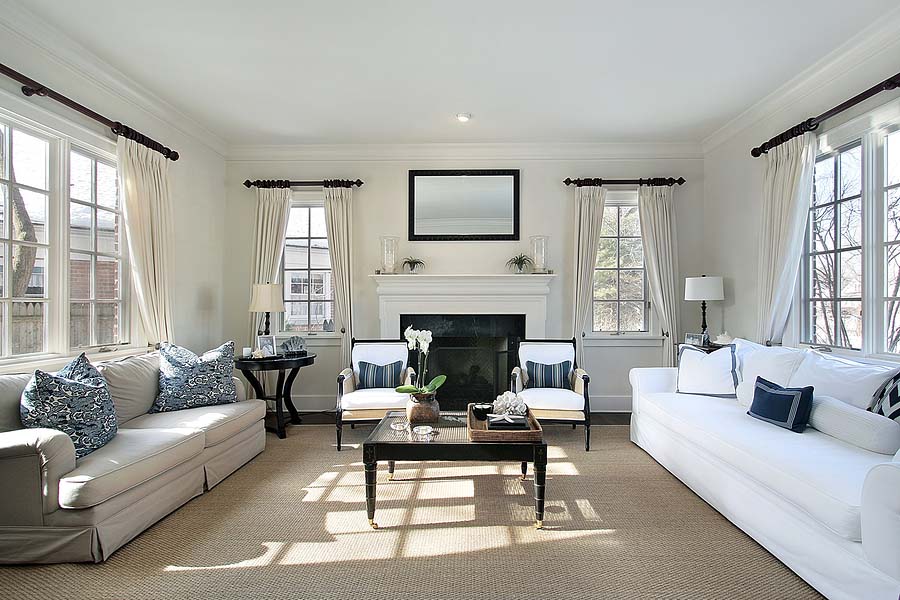As the saying goes, “windows are the eyes of the home.” It gives people inside their home the opportunity to observe what’s happening outside. But we also depend on windows for natural lighting, ventilation, and as an architectural element to our home.
People still expect windows to be economical, functional and easy to maintain, long-lasting, attractive – and energy-efficient. Improving your home’s energy efficiency reduces greenhouse gasses that contribute to climate change. However, new innovations have enhanced window technology greatly, bringing in the era of high-performance or energy saving windows. If your windows are old or are not performing to new standards, it may be time to replace them.
High-performance windows offer a substantial increase in solar control, thermal comfort, and energy efficiency. This is done by incorporating low-E coatings, inert gas fills, and better edge spacers and frames. These windows are impressive, but the benefits are equally compelling. Here are our top reasons you should invest in high-performance windows:
The Benefits of High-Performance Windows
Savings in Heating Costs
High-performance windows are energy-efficient. They offer instant savings on home heating charges. Depending on your home’s design and its existing levels of efficiency, converting to high-performance windows can produce 9% to 18% decrease in heating costs.
Savings in Cooling Costs
In Canada, many rooms require air conditioning in a home during the summertime. High-performance windows work just as well at keeping the heat out. The same low-E coating that keeps infrared (heat) energy inside the home in the winter – keeps unwanted heat out in the summer. This keeps the inside of the home cooler and cuts down on the need for more air conditioning.
Increased Comfort
Conventional windows, air leakage, drafts and heat loss all contribute to discomfort in the home – which is usually fixed by raising the thermostat on our heating system. High-performance windows on the other hand are better insulated and maintain a much higher surface temperature on the interior glazing. This characteristic, together with effective weather stripping and proper installation, makes the window and area “feel” warmer.
Higher Humidity Without Condensation
During the winter, outside air is very dry and can significantly lower the relative humidity (RH) inside. If you try to compensate by humidifying the air, once you get above about 40% RH, there is the risk of condensation forming on the windows. This reduces visibility and can lead to deterioration of the frame components and contribute to mold growth. High-performance windows have higher glass temperatures and improved thermal performance which allows for much higher relative humidity levels inside the home. Thus, eliminating condensation problems associated with poor windows. With higher humidity levels in the home, you’ll have better windows, improved health, and healthier plants.
Lower Noise Pollution
High-performance windows have heavy gas fills, which reduces heat loss and can also reduce sound pollution from the exterior leaking into the interior of the home. Anything you hear outside will be significantly muted – especially if you live near busy roads, construction or airports. Usually, the larger number of panes equals better sound absorption. Because sound reduction is complex, it is dependent on different frequencies and external factors.
More Daylight, Lower Electricity
High-performance windows can be built-in into any house design, whether it’s a newly constructed home or renovation. With new windows, your home won’t suffer from high heat loss or heat gains. This not only improves energy efficiency and enriches your home’s view, but also lets in more daylight – which can lead to lower utility use. You get double the savings when you take advantage of natural light! You save on electricity used for lighting; and because a conventional light bulb uses only 15% of its energy for lighting and wastes the other 85% as heat, you can also lower your home’s cooling load in the summer.


